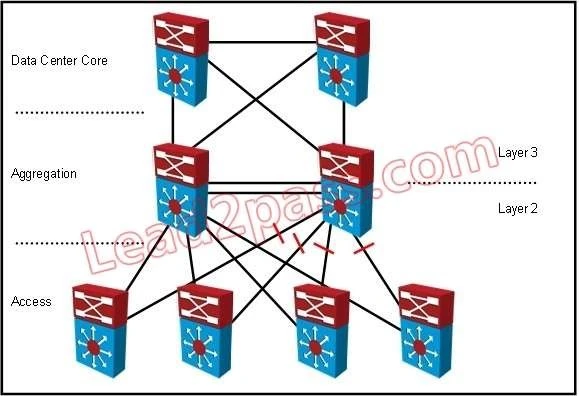How should you configure OSPF for this topology to minimize the additional routing information injected into the network and keep the configuration size and complexity to a minimum?
Configuring the link at the hub router as OSPF point-to-multipoint and at the remote routers as OSPF point-to-point minimizes additional routing information and keeps the configuration size and complexity to a minimum. This approach works well in a Frame Relay point-to-multipoint network where the remote sites do not need to communicate with each other. OSPF point-to-multipoint mode will treat each connection between the hub and the remote sites as a separate point-to-point link, simplifying the topology and reducing unnecessary routing information.
To increase SNMPv1 security, you should use access control lists (ACLs) to allow only specific IP addresses to poll SNMP, which limits access to trusted parties. Additionally, using a combination of alphanumeric characters for the community strings can make them more difficult to guess or brute-force, thereby enhancing security.

